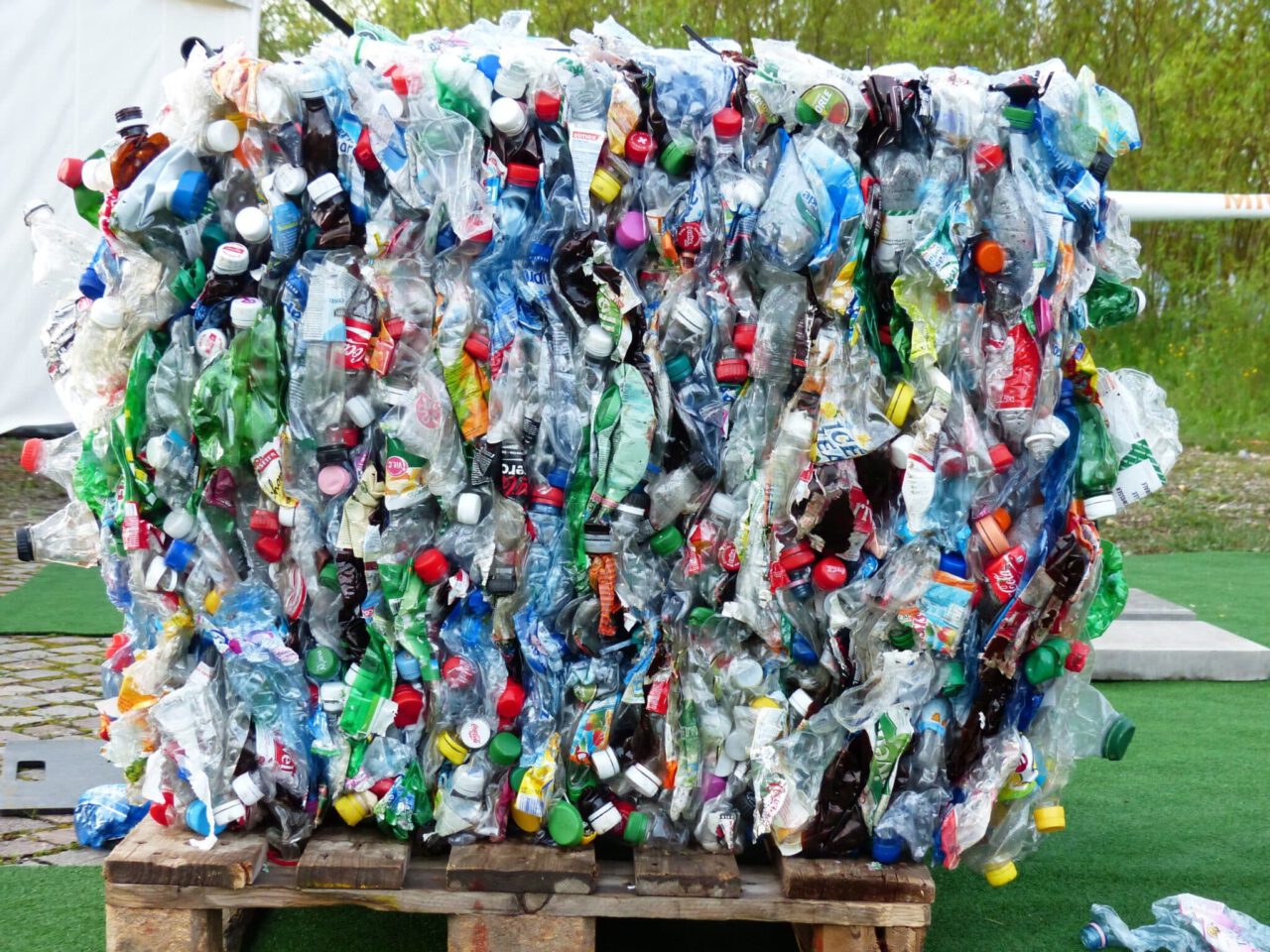Luxembourg, 16 September 2024
- The new own resource generated over €7 billion for the EU budget in 2023
- Poor-quality estimates of plastic packaging waste lead EU countries to understate their contributions
- There is a significant risk that plastic packaging waste is actually not recycled
The EU own resource based on non-recycled plastic packaging waste (‘the plastic-based own resource’) has not worked smoothly since it was introduced in 2021, concludes a report published today by the European Court of Auditors. Actions to monitor and support implementation were not timely, with most EU countries unprepared for the challenge. Persistent problems with data comparability and reliability, as well as a lack of appropriate checks of plastic packaging waste that is actually recycled, mean that the resource is likely to be calculated incorrectly.
The EU’s plastic-based own resource, besides contributing to the repayment of the EU recovery instrument, aims to provide an incentive to reduce the consumption of single-use plastics, foster recycling rates, and boost the circular economy. It consists of a national contribution calculated at €0.8 per kilogram of non-recycled plastic packaging waste. Since the relevant data are available only after two years, contributions are based on forecasts that are later adjusted. In 2023, revenue from the plastic-based own resource was to €7.2 billion, or 4 % of the EU’s total revenue.
“After 33 years of using the same own resources, the EU introduced an additional source of revenue in 2021 based on non-recycled plastic packaging waste generated by member states. However, the way it is calculated still has too many weaknesses”, said Lefteris Christoforou, the ECA member responsible for the audit. “We therefore ask the European Commission to fix it immediately and to capitalise on the lessons learned when potential future sources of EU revenue are being prepared.”
The auditors point out that only five EU countries had incorporated the Packaging and Packaging Waste directive into national legislation by the deadline, leading the European Commission to initiate infringement proceedings for the 22 remaining member states, with one still ongoing at the time of the audit. After incorporation was deemed complete, an external contractor carried out compliance checks. However, in most cases, the auditors found that at least one key provision (e.g. the definition of ‘plastic’ and ‘packaging’, or the calculation of plastic waste generated and recycled) had not been appropriately incorporated. Following up these issues can take years, note the auditors. Until then, EU countries will probably continue to use inconsistent definitions and inappropriate compilation methods that affect the calculation of their contributions, and so the auditors call upon the European Commission to address the situation.
For the first year of implementation of the plastic-based own resource (2021), the majority (22) of member states had forecast an amount lower than the amount eventually calculated using the final data. Overall, the total amount of non-recycled packaging waste forecast for 2021 was 1.4 billion kilograms less than the amounts reported in 2023. As a result, the plastic-based own resource for 2021 was under-estimated by €1.1 billion (almost a fifth of the €5.9 billion collected that year), and had to be offset by another resource to balance the budget.
The auditors note that EU countries use different compilation methods, and do not balance the results obtained. They also found that only six member states reported recycling data at the point of entry into the recycling operation as required by the legislation, while the others mainly used data obtained at the point of exit from the sorting facility, and applied average loss rates. This makes member state estimates of recycled amounts difficult to compare and less reliable, and affects reporting on how the recycling targets set by the Packaging and Packaging Waste directive are achieved.
Lastly, due to a lack of appropriate checks, the risk is high that some plastic packaging waste may not actually be recycled. If waste declared as recycled is in fact incinerated, dumped, or sent to landfill, this not only constitutes an environmental crime but also leads to an undue reduction in the amounts payable for the own resource. The auditors note that the same risk applies to plastic waste exported outside the EU, as member states cannot currently verify that recycling conditions in third countries comply with EU requirements. They therefore recommend that action should be taken to mitigate this risk.
Background information
The European Union’s own resources are the main sources of revenue for the EU budget. Until 2021, there were three own resources: traditional own resources (mainly from customs duties levied on imports to the EU), the value added tax-based own resource, and the gross national income-based own resource.
Full text of the ECA report:
EU Commission replies to the ECA:
Source – ECA

